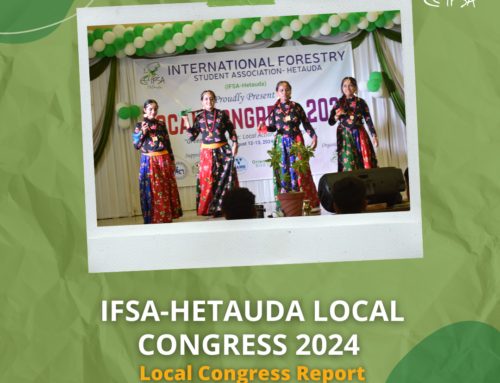Text and picture by Anuradha Thakur
Forests constitute a very important resource base in the Himalayas, the world’s youngest mountain range, which covers over one fifths (18%) of India’s geographical area. These forests despite being very rich in their floral composition are, by and large dominated by a few widely distributed plant genera, essentially and importantly including the species of Quercus commonly known as oak. Oaks (Quercus spp.) are the dominant, climax tree species of the moist temperate forests in the Indian Himalayan region. About 35 species of Quercus are distributed between 1000-3500 m elevations either in abundance or somewhat narrowly from the north eastern to the westernmost part of the Himalayas.
Oaks in the genus Quercus of Fagaceae family (beech family) constitute an important group of forest trees and occupy a sizeable area in the Himalayas. There are 16 species of oaks growing in India, ten in eastern Himalayas and six in the western Himalayas.
The Eastern Himalayan broadleaf forests are diverse and species-rich, with a great diversity (of oaks and rhododendrons in particular). The ecoregion has two broad forest types: evergreen and deciduous. Evergreen forests are characterized by oaks (Quercus spp.), chiefly Quercus lamellosa together with Rhododendron arboreum, Rhododendron falconeri, etc. Whereas, Western Himalayas are endowed with diverse vegetation types, ranging from tropical moist deciduous to temperate and sub-alpine forests, grasslands, alpine scrub and meadows. The Western Himalayan broadleaf forests divided into two types: evergreen and deciduous broadleaved forests. The evergreen broadleaf forest is dominated by oaks.
Himalayan Oaks are listed below :
Oak forests are source of fuelwood, fodder and can be correlated with natural springs and wildlife and plays a vital role in conservation of soil, water, native flora and fauna thereby, providing numerous ecosystem services to mankind. Oaks are the best coppicers, re- sprouters because it forms many dormant buds on the root collar, about an inch below the forest floor where they are often protected from high temperature associated with fire.
Regeneration, one of the major problems of forests of western Himalaya, is influenced by the interaction of biotic and abiotic factors of the environment. As per growth and regeneration under natural conditions are not successful. The reason being the biotic pressure on them namely, uncontrolled lopping and felling of trees for fuel wood, fodder and grazing.
REGENERATION OF OAK:- Successful regeneration of tree species might be considered to a function of three major components:
The existence of a species in a forest community depends on its ability to regenerate under varied environmental conditions.
- The causes of failure in regeneration include lack of viable seeds due to insect and animal predation, unfavourable micro-sites and overgrazing by domestic livestock. Other reasons for dwindling of oak forests are erratic seed production, poor seed viability, defoliation, acorn predation and increased incidences of fire.
- It is also observed that oaks in the accessible Government forests have been mutilated by continuous lopping such that they are rapidly dying out. Few patches of intact oak forests are present in the region today and the remaining intact patches are also changing rapidly due to invasion by alien invasive species, such as Eupatorium adenophorum, Lantana camara and more aggressive species such as chir pine (Pinus roxburghii). The replacement of oak by pine has become a common and ever increasing phenomenon.
- The competitive oak regeneration sources can result from natural stand processes including natural disturbances, or we can implement silvicultural treatments to develop competitive regeneration sources. These silvicultural treatments can :
Conservation of these valuable species would not be possible without the active participation of the local communities. By improving their living standards and giving benefits of conservation to them, long-term conservation goals can be achieved. To improve the understanding of ecosystem functions and processes, to develop a holistic description of the landscape, both intensive studies on small areas and assessment of much larger areas are required.
About the author :Anuradha Thakur is currently working as Assistant Professor in Department of Agriculture, Chandigarh University, Punjab since July 2017. Her study on regeneration of Ban Oak (Quercus leucotrichophra A. Camus) carried out in nursey as well as field conditions of Dr Y.S Parmar University of Horticulture and Forestry, Nauni, Solan, Himachal Pardesh, India and in forest areas of vicinity. She can be contacted at anugogle@gmail.com.
]]>


